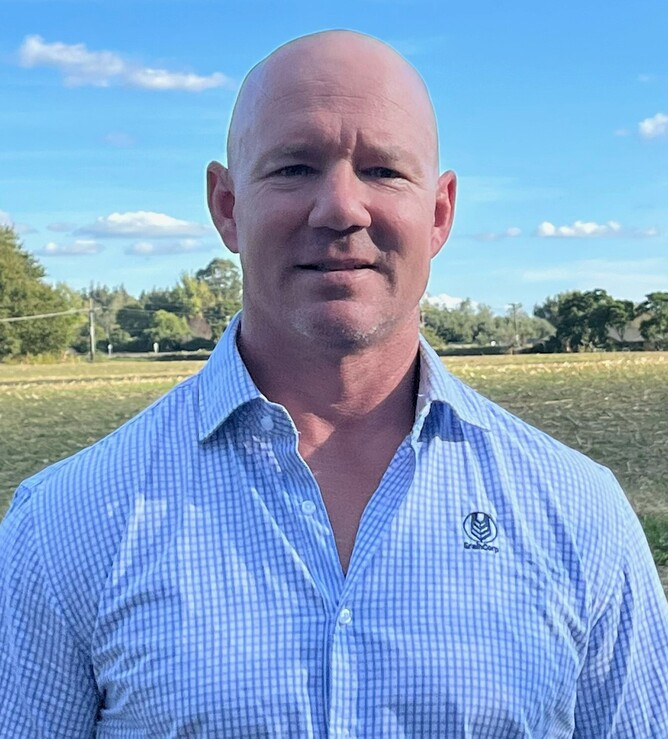As Waikato and South Auckland dairy farmers battle drought conditions, GrainCorp Feeds is urging them to plan well and weigh up the expected return from supplementary feed rather than just choosing the lowest cost option.
“The price of feed will always play a part in farmers’ feed purchasing decisions. But with some areas experiencing drought conditions and a lack of locally grown supplement, combined with global supply uncertainty around imported feeds, the number of feed options will likely be reduced,” says GrainCorp Feeds general manager Daniel Calcinai.
“Planning ahead will be critical for dairy farmers to help them understand what feed they need to achieve desired production and profitability targets - and look after the health of their herd as calving looms.
“Right now, planning well is more important than ever. For those with a short to medium homegrown feed shortage, it’s important they take time to plan how bought in feed will fill the gaps.
“While input costs are higher, the payout is also higher, so it’s the margin or ‘return on feed investment’ that is crucial to understand. The lowest cost option often doesn’t provide the best return on investment.”
Calcinai encourages dairy farmers to plan ahead based on current pasture and on-farm supplement levels, predicted feed levels for next season and historical home-grown feed levels.
“This information then needs to be overlayed with bought in supplementary feed demand and price, and the forecast milk price. Only then can dairy farmers make more informed decisions.”
Calcinai says his team is seeing low protein levels in autumn pasture and that higher energy supplements will be important to ensure cows reach calving in good condition and minimise the risk of milk fever.
“Ideally, farmers should aim for an average cow body condition score at calving of 5. It is easier to lift BCS in a lactating cow, but it can be achieved in dry cows.
“The recommended feed varies from farm to farm. This is where our team can add value and help farmers make the best decisions for their situation. Many of our team are approved body condition scorers and our technical team can assess cows’ diets to identify factors that could be limiting their performance.
“We use DietCheck and offer free feed planning tools as part of our Tracker™ programme to help farmers make more proactive and informed feeding decisions.”
